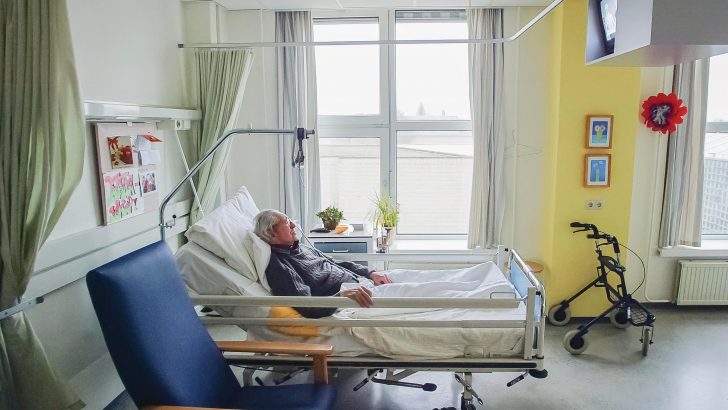Ava Westendorf
A recent allocation of new beds to Irish hospitals is being called “a game-changer for all hospitals” by Fr John Kelly, the Director of Pastoral Care at Tallaght University Hospital. He claimed that he was “surprised but delighted” by the recent allocation of 196 new beds in the next 24 to 30 months which Fr Kelly says is crucial due to Tallaght’s growing population. He says that Tallaght is growing and aging so much so that “Tallaght is as big as Limerick” and “are still challenged to keep service up to date that meets the needs of an aging community and a very diverse community with different health needs.”
Due to many towns in Ireland’s increase of population, this new allocation will provide much needed room that many hospitals do not currently have. This interview happened a few days after the Irish Nurses and Midwives Organisation (INMO) that claimed that there were 599 patients across Ireland that were placed on trolleys because there was no room for them on the actual hospital beds. The hospitals suffering the worst from this overcrowding have been University Hospital of Limerick with 118 people without a bed, Cork University Hospital with 50 people and University Hospital Galway with 49 people.
Another hospital struggling with lack of bed space is the Our Lady of Lourdes Hospital which, on June 18, had 13 ambulances left stranded with their patients since they did not have open beds to put them in. Their wait ended up ranging between 2 to 4 hours as they prepared for an open space in occupancy. This wait led to a shortage of ambulances across the north-east region of Ireland and no emergency vehicles were able to respond to calls during that time.
The Drogheda Labour TD Ged Nash addressed this issue by saying “Jobs have been offered to many of the nurses we need but the HSE has not been given the money and approval needed to hire them. The price is being paid by the sick and the old, and the worn-out nurses, doctors and healthcare assistants.”



